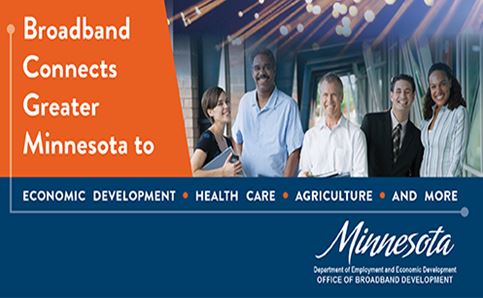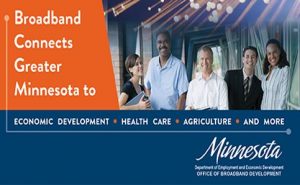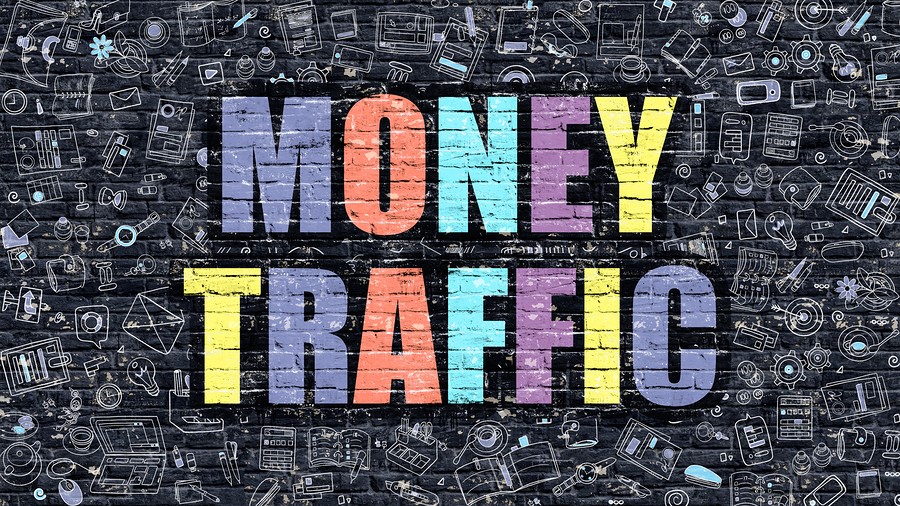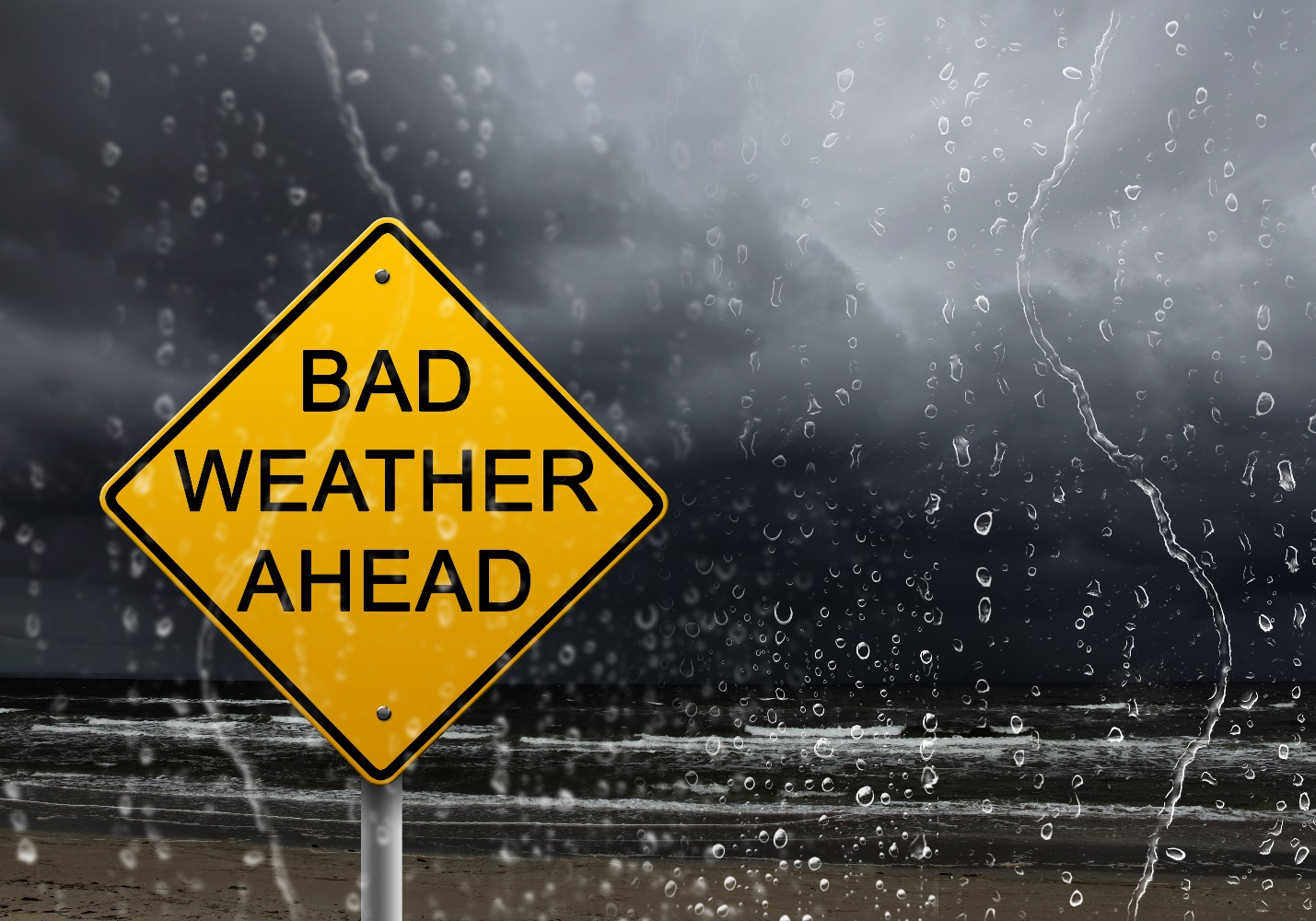Call for Applications: Minnesota to Award $35 Million in Rural Broadband Expansion Grants

The Minnesota Office of Broadband Expansion has renewed and expanded its efforts to increase internet access in rural areas with $35 million in new grants for the state’s current internet providers.

The state hopes these grants will encourage Minnesota’s providers to expand their service to low-income and rural Minnesotans.
Minnesota, one of a handful of states proactively pursuing mobile broadband expansion through legislation, ran the same grant program in 2014 and 2015. Although the program has never before had $35 million dollars to give out, past grants of between $100,000 and $5 million have, nevertheless, sponsored numerous successful projects that brought wireless and wire line service to thousands of households.
Within the $35 million fund, the legislature has earmarked a $500,000 fund for projects that includes low-income areas and another $5 million for projects in underserved areas. These earmarks reflect the goals of the Federal Communication Commission (FCC)’s federal broadband expansion project, which aims to expand affordable internet access to low-income urban areas, alongside unserved rural areas.
Minnesota’s legislation on rural broadband expansion also includes an ambitious “state goal” to, by 2022, provide every Minnesota resident with access to an internet connection that downloads data at a minimum speed of 25 Mbps and uploads at a minimum speed of 3 Mbps download. This would put the state in line with the FCC’s 2015 broadband internet standards.

Currently, most rural Americans do not have access to an internet connection even half of what the FCC calls broadband internet. In areas of rural Minnesota, many residents must choose between mobile broadband, satellite internet, and dial-up – all of which are often woefully slow. By the FCC’s count, 87% of rural Americans lack access to a mobile broadband connection with a download speed of 10 Mbps and an upload speed of 1 Mbps.
Although the grant fund appears to sponsor mobile broadband projects as well, the past recipients have been fiber cooperatives and cable companies. Wire line connections – like cable – are much faster and, after the initial costs of line laying, cheaper for consumers.
According to the legislation, the state’s long-term mobile broadband goals include ensuring every resident has access to a connection with 100 Mbps download speeds and 20 Mbps upload speeds by 2026.

It also sets high goals for the state to be one of the top five states for universal access to broadband and to be on par with one of the top fifteen countries for broadband penetration worldwide.
Although $35 million is, unfortunately, just a drop in the bucket for a country that has already invested over $260 billion in mobile broadband expansion in the last seven years, the grant fund represents an exciting opportunity for Minnesota’s internet providers to improve their coverage in the state.

Awardees, which the Office of Broadband Expansion will choose late this year,stand to have up to 50% of their project development costs covered by the state, up to $5 million. The office begins accepting applications on July 22, 2016 and will stop accepting applications on October 3, 2016. To apply, visit https://mn.gov/deed/programs-services/broadband/grant-program/.
Please feel free to share this post with your friends and colleagues.





